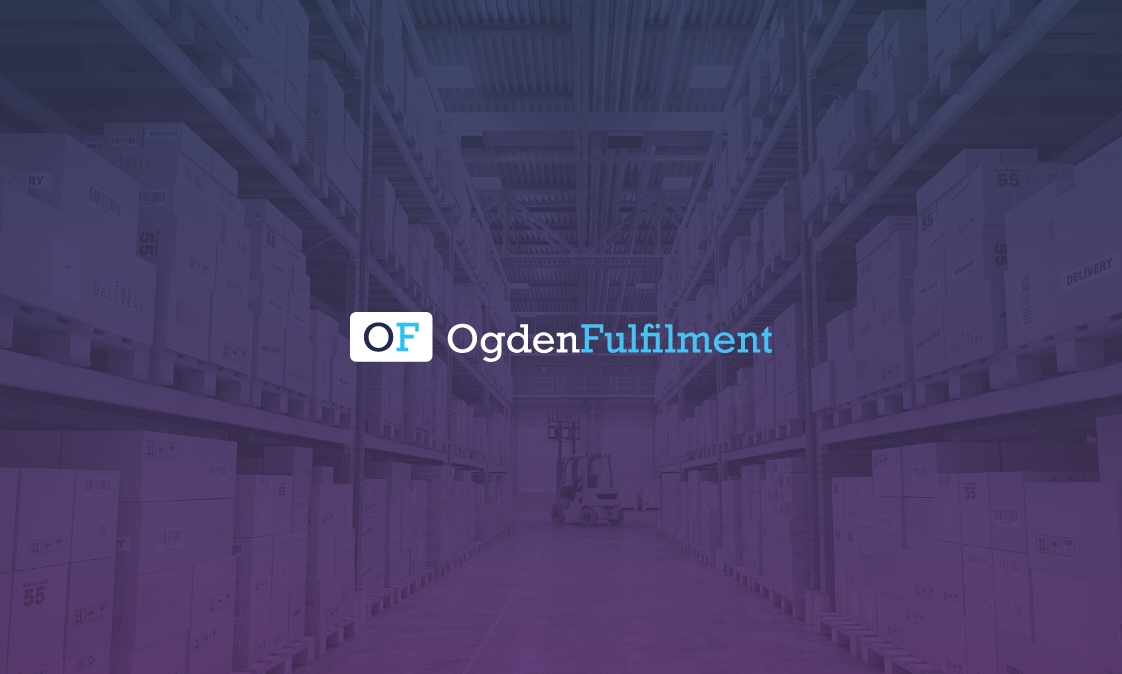Sustainable Packaging Options for your Eco-Friendly Business

03/08/2022 | Share:
Sustainable Packaging Options for Your Eco-Friendly Business
Embracing sustainable packaging offers businesses a strategic path toward reducing their environmental footprint, enhancing brand reputation, and engaging the growing market of eco-conscious consumers. By leveraging eco-friendly materials and innovative designs, sustainable packaging aims to decrease waste, minimise greenhouse gas emissions, and lower overall energy consumption. Below, we examine the advantages of sustainable packaging, offer tips for choosing the right options, highlight companies leading the way, and provide suggestions for how to make your business more sustainable.
What is Sustainable Packaging?
Sustainable packaging is designed to minimise environmental impact by utilising materials and manufacturing processes that conserve natural resources, reduce carbon emissions, and align with circular economy principles. Opting for sustainable packaging can help businesses lower their carbon footprint and publicly demonstrate their commitment to eco-friendly practices, often resonating positively with both new and existing customers.
Key Benefits of Sustainable Packaging for Businesses
- Reduced Environmental Impact
Sustainable packaging options are specifically designed to lessen the ecological footprint of your business. Using recyclable, biodegradable, or renewable materials significantly reduces waste and cuts down on greenhouse gas emissions, supporting a sustainable business strategy that helps mitigate climate change. - Enhanced Brand Image and Customer Satisfaction
Environmentally responsible packaging can differentiate your brand, especially among eco-conscious consumers. For small businesses, sustainable packaging becomes a powerful selling point that helps align the brand’s values with those of green-minded consumers. - Cost Savings
Many sustainable materials, like recycled paper and FSC-certified cardboard, often result in cost savings over time due to their lower production energy requirements and material availability. These cost efficiencies can help businesses save money while supporting environmentally friendly initiatives. - Improved Brand Consistency
If your brand is committed to eco-conscious practices, using sustainable packaging keeps your message consistent across all touchpoints. Sustainable packaging reinforces your brand’s dedication to the environment, which is particularly important for brands that promote natural or organic products.
How to Choose Sustainable Packaging
Selecting the right sustainable packaging requires a holistic approach, where environmental impact, business needs, and consumer expectations are balanced to deliver maximum impact:
- Evaluate Business Needs and Product Protection
The main purpose of packaging is to protect products from damage, ensuring they reach customers in top condition. Durable eco-friendly materials like FSC-certified cardboard and recycled paper prevent damage, saving money and reducing waste generation. - Understand Customer Preferences
Many conscious consumers are actively seeking out brands that demonstrate green business practices. Sustainable materials like compostable packaging, biodegradable alternatives, and recycled options can effectively meet these preferences and help build customer loyalty. - Set a Budget for Cost Efficiency
A sustainable business doesn’t have to be costly. When setting a budget for eco-friendly packaging, research different materials and suppliers to find affordable renewable options that align with your business’s sustainability goals. - Prioritise Environmental Impact
Look at the lifecycle of your packaging materials, from sourcing to disposal. Opting for recycled materials, FSC-certified options, or natural fibres supports environmental sustainability by reducing waste and lowering the carbon footprint associated with packaging. - Consider Available Eco-Friendly Materials
Compare available options to find the most suitable materials for your product. Recycled cardboard, for example, is affordable and highly durable, while FSC-certified paper ensures that your materials come from responsibly managed forests.
Examples of Companies Leading in Sustainable Packaging
Several companies have adopted sustainable packaging to set a strong example for others:
- Lush
The cosmetics brand uses 100% recycled paper and cardboard, reflecting its commitment to a low-waste, sustainable business model. - Method
Known for its cleaning products, Method uses bottles made from 100% recycled plastic, helping to lower energy consumption and greenhouse gas emissions associated with new plastic production. - Patagonia
The outdoor clothing brand utilises recyclable materials for both products and packaging, showcasing its dedication to eco-friendly practices in alignment with its brand values. - Seventh Generation
This brand, focused on natural household products, prioritises sustainable packaging to appeal to its eco-conscious customer base, using materials like recycled plastic and recyclable paper.
Common Eco-Friendly Packaging Materials
- Recycled Paper and Cardboard
Recycled paper offers a durable and low-cost option for packaging. It’s energy-efficient, widely recyclable, and meets green business needs with a lower environmental footprint. - FSC-Certified Paper
FSC-certified paper supports responsible forest management, aligning with eco-friendly and sustainable practices that prioritise renewable resources and forest conservation. - Natural Fibres
Natural materials like bamboo, hemp, and straw are excellent choices for compostable, sustainable packaging. These materials contribute to waste reduction and offer biodegradable options for businesses looking to lower greenhouse gas emissions. - Recycled Plastics
When plastic is necessary, using recycled plastics is an energy-efficient choice. This option helps minimise carbon emissions by avoiding the production of new plastic and supports responsible recycling practices.
Tips for Making Your Business More Sustainable Beyond Packaging
Transitioning to sustainable packaging is a crucial step, but businesses can go further by implementing additional sustainability initiatives. Here are some ideas:
- Reduce Energy Consumption
Improving energy efficiency in your operations, using energy-efficient appliances, or installing renewable energy sources like solar panels can greatly reduce carbon emissions. - Optimise Supply Chains
Partner with sustainable suppliers, focus on local sourcing, and implement eco-friendly logistics to reduce the environmental footprint associated with transportation and storage. - Encourage Employee Engagement
Educate employees on sustainable practices and incentivize actions that reduce waste, conserve energy, or promote environmental awareness within the workplace. - Set and Monitor Sustainability Goals
Define measurable sustainability goals, like reducing waste or cutting greenhouse gas emissions, and track progress regularly to ensure your business is meeting its green objectives.
Incorporating sustainable packaging is a cost-effective way to reduce your carbon footprint, strengthen brand reputation, and appeal to today’s eco-conscious consumers. By choosing these eco-friendly options and adopting sustainability practices, your business can not only save money but also contribute to a more sustainable future. Contact us today at Ogden Fulfilment.






